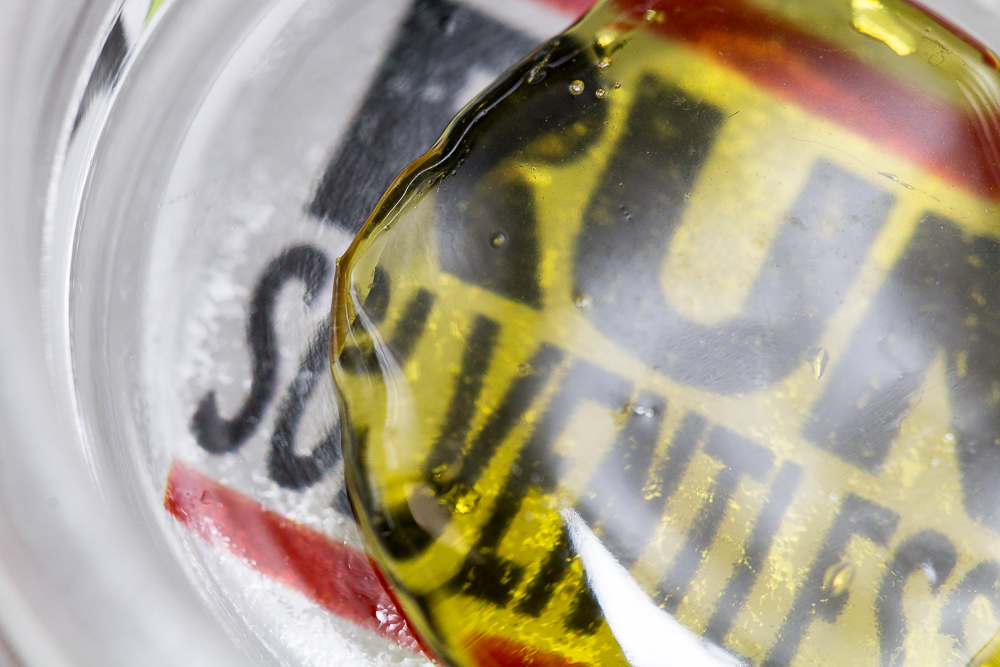Solventless Extracts
When choosing what kind of extracts to consume, it’s helpful to have a basic idea of the methods used to produce them. Solvent-based extracts such as BHO (butane hash oil) rely on a chemical solvent to strip the compounds from the plant material and then purge that residual solvent after extraction.
Solventless extracts are free of any chemical solvents and are made using either ice and water, dry ice, sifting or pressure with heat to draw out the cannabinoids.
Ice wax, a premium grade of bubble hash, is one such kind of solventless product. This concentrate is referred to as full melt hash because it is such high quality that it can be dabbed on a hot nail and leave no residue. Lower grades of bubble hash don’t usually melt as well and are best consumed by crumbling on top of a bowl or mixing into a joint.
The quality of the starting material, as with all extracts, determines the quality of the product. Full melt producers will start with fresh frozen or cured, premium cannabis, and stir or machine agitate the plant material with ice and water, causing the microscopic trichome heads (also known as resin glands) to separate.
The resulting slurry is filtered through a series of finely screened bags. What’s left looks like wet sand, and is dried and then grated with a Microplane into a fine grainy powder. Consumers will take a tiny scoop and press it with low heat in parchment paper to create a patty that is easy to slice up and dab.
Rosin is another popular type of solventless extract. Flower rosin is made by placing cured nugs in parchment and squeezing them with heat and pressure to extract the essential oils, while hash rosin is made by heat pressing bubble hash to extract an even more concentrated and potent oil. ‘Live’ rosin is different in that fresh frozen, whole plant cannabis was the starting material for the bubble hash that is then pressed, rather than cured dry plants. Using fresh material can result in a stronger terpene profile and more preservation of flavor.

